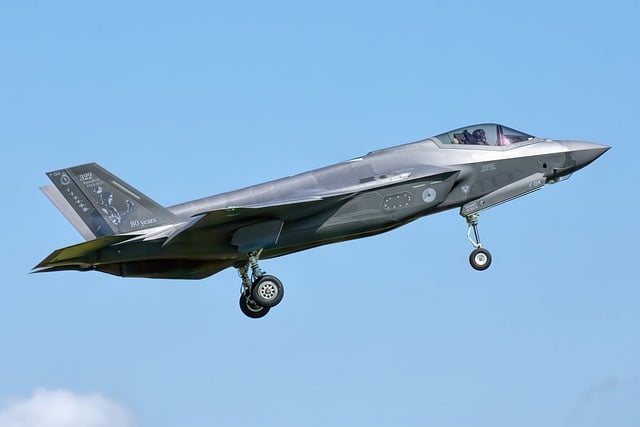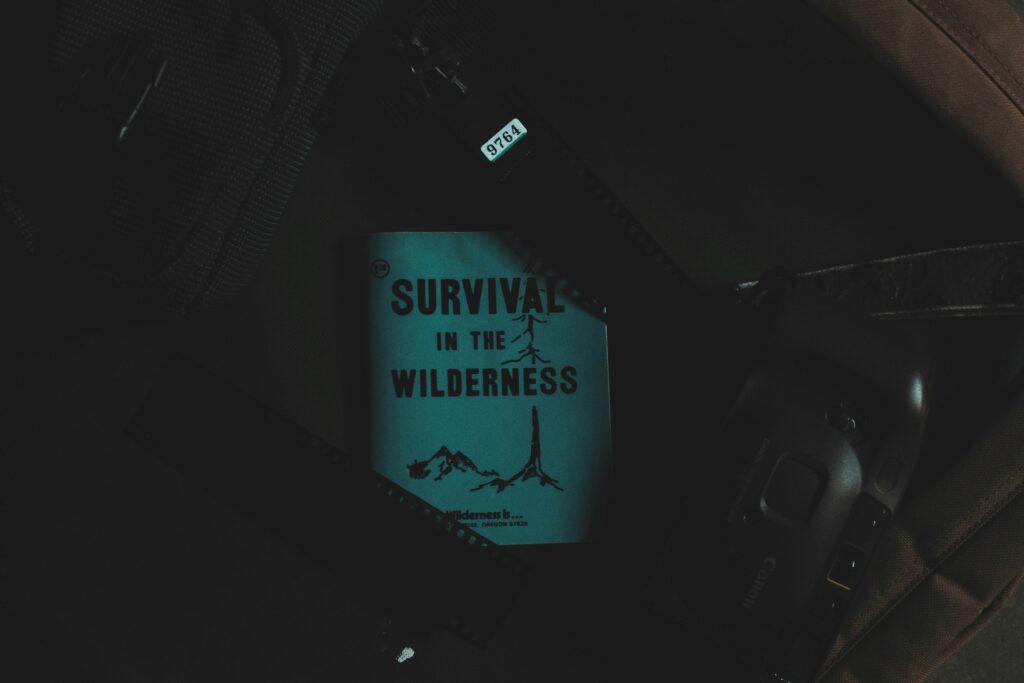Know Your Playstyle: Rusher, Anchor, Controller
Understanding your personal approach to gameplay is essential when building effective loadouts. Whether you’re charging into combat or holding key positions, your role should guide everything from weapon selection to perk loadouts.
Playstyle Breakdown
Each playstyle comes with its own priorities and challenges. Here’s how they differ:
Aggressive Rusher
- Prioritizes speed, surprise, and close-quarters combat
- Relies on quick reflexes and high mobility
- Best suited for players who thrive on fast-paced action
Suggested Loadout:
- Primary weapon: SMG or shotgun with high fire rate
- Secondary: Lightweight pistol or melee option
- Perks: Sprint boost, reload speed, tactical resistance
- Gear: Flashbangs or stim shots, lightweight armor
Tactical Anchor
- Focuses on defending objectives and securing key areas
- Prefers mid-to-long range engagements
- Balanced playstyle with a defensive mindset
Suggested Loadout:
- Primary weapon: Assault rifle or LMG with stability mods
- Secondary: Reliable handgun or utility launcher
- Perks: Recoil control, extra ammo, area scanning
- Gear: Deployable cover, motion sensors, armor plates
Mid-Range Controller
- Offers flexibility between offense and defense
- Controls space, sightlines, and rotates effectively
- Ideal for map-aware players who adapt to the team’s needs
Suggested Loadout:
- Primary weapon: Marksman rifle or burst AR
- Secondary: Precision sidearm or mobility SMG
- Perks: Aim assist, faster ADS, resupply
- Gear: Smoke grenades, field microphones, tactical armor
Let Your Role Guide Your Strategy
Choosing a role isn’t just about comfort—it’s strategic. A well-synced team of rushers, anchors, and controllers can dominate the map. Align your gear with what your role demands, and you’ll amplify your impact every match.
Introduction
Vlogging hasn’t just survived the digital whirlpool—it’s adapted. While social platforms, monetization rules, and viewer habits have shifted wildly over the past few years, vloggers have kept showing up, camera in hand, adjusting in real time. Raw connection still sells. Story still matters. And in a space where trends come and go fast, authenticity has become a form of currency.
But 2024 isn’t playing by last year’s rules. The bar is higher now. Algorithms are hungrier for engagement. Audiences are sharper and more selective. And tools like AI are changing how content gets made and shared. Creators who want to stand out need more than hustle. They need focus, clarity and a grip on what’s changing—fast.
This year, success isn’t just about grinding out uploads. It’s about staying nimble, choosing your niche wisely and building something your audience can believe in.
Whether you’re gearing up for ranked play or grinding in casual lobbies, understanding your weapon types is half the battle.
Assault Rifles offer balance—solid in mid-range fights with moderate recoil and reliable damage output. If you’re looking for versatility and don’t want to be caught unarmed at any distance, an AR is your go-to.
Submachine Guns lean hard into mobility. Great for close-quarters, fast-paced action. They boast high fire rates but often suffer on the damage and range end. Ideal if your playstyle is hit-and-run or aggressive flanking.
Snipers are all about precision and high payoff at long distances. One shot, one kill—if you can land it. The downside? Slow reload, almost zero flexibility when the fight gets close.
Light Machine Guns are the heavyweights. High ammo capacity, punishing damage, but with terrible mobility and high recoil. They shine in defensive play but drag you down in a quick push.
Weapon stats matter. High fire rate and low recoil can make a low-damage weapon viable. Accuracy becomes key when you’re dealing with distance or headshots. Don’t just read the damage number—look at how it plays.
When should you pivot to mobility over raw firepower? If you’re solo queuing, playing objectives, or in environments with tight angles and frequent repositioning, go light and fast. If you’re anchoring, defending, or holding fixed territory, slow down and bring the big guns. Simple as that.
When your main gun clicks empty and there’s no time to reload, what you carry next decides if you walk away or respawn. Backup weapons aren’t an afterthought anymore — they’re part of the plan.
Pistols are the classic fallback. They’re fast, light, and built for panic moments. A high-damage revolver can finish a fight, while rapid-fire sidearms buy time or clean up. Ideal for tight maps and close quarters. But they don’t cover distance and won’t break armor, so don’t expect miracles.
Launchers are niche but brutal in objective modes. Think choke points, vehicles, or squads packed together. If you’re facing heavy opposition or defending a zone, a secondary RPG or grenade launcher levels the playing field — quickly.
Melee fits a very specific vibe: speed and humiliation. Blades and blunt weapons don’t run out of ammo, and in the right hands, they’re lethal. When stealth or chaos is the play, melee gets it done. Just know you’re committing to the charge.
Fast-switch weapons like sawed-off shotguns or machine pistols live in a sweet spot. They’re built for quick swaps and big impact — perfect when you’re clearing a corner or chasing someone who’s almost down. The strategic edge is time. Smarter players don’t reload mid-fight. They switch, finish, then reset.
Bottom line: what you carry after your main dries up says a lot about how you fight. Pick gear that fits your style, not just the patch notes.
Attachments aren’t just flair—they’re performance tools. In 2024, every serious loadout starts with optics, grips, mags, and suppressors that do serious work. Choosing right means the difference between landing first shots or missing your window.
Optics are now a personal call: red dots dominate for close quarters, while hybrids give more flexibility for varied fights. Grips have split into control-focused picks and speed-driven options. Want low recoil spray? Go with vertical grips or ergonomic styles. Need quick target snaps? Aim for lightweight or angled grips for that faster ADS time.
Extended mags matter more in high-mobility play, especially when reloads can cost the game. Pair them with suppressors if your strategy leans quiet and methodical—less minimap exposure means more control over engagements.
Smart combos are all over ranked setups: think a red dot, light grip, suppressor, and a fast-reload mag for fast-paced maps. Or go all-in on recoil control when anchoring—high-capacity mags, heavy grips, and muzzle brakes.
Bottom line: attachments help define your role. Build around your playstyle, not the current meta. Performance follows fit.
Flashbangs, smokes, stuns, frags. If you’ve played enough, you know not all gear is equal—and timing beats flash every time. Veterans lean into utility that sets tempo. Flashbangs are go-to for clearing rooms or popping corners fast. Smokes? Best for repositions or covering revives in open ground. Stuns work well in tight spaces or when you’re pushing campers. And frags? Smart lobs punish static teams and force movement.
Loadouts shift depending on who you’re running with. In solos, it’s about survival. You want tools that buy seconds—smokes to escape, stuns to disorient. In squads, it’s about coordinated pressure. Combining a flash and a frag can collapse a whole hold if timed right. One player smokes, another pushes with lethal.
Equipment use is less about having the right thing and more about using it at the right time. Locking down zones means layering denial—frags to clear entryways, stuns to slow breaches. Breaking defenses? Flash first, push fast, and don’t waste time guessing.
If you’re not thinking two moves ahead when you throw, you’re already behind.
Some of the biggest advantages in competitive gameplay aren’t flashy—they’re hidden in the stats and often overlooked. Movement speed, quick reloads, and immunity to UAVs are low-visibility perks that change how you survive and thrive. Most players go straight for raw damage boosts or flashy killstreaks. That’s fine. But if you’re getting out-positioned or caught on radar every time, it’s not because you can’t shoot—it’s because you can’t move or stay invisible.
For games that allow it, perk stacking can quietly create some powerful synergies. Stack sprint speed with fast reload and throw in something like silent footsteps—suddenly you’re a ghost with a gun. If your loadout feels clunky, perk balance is often the issue. Experiment with which passive boosts overlap well without slowing you down.
When it comes to meta picks versus experimental setups, the smart move is to learn the meta, then build slight variations that fit your playstyle. Don’t copy and paste top-tier builds just because they’re trending. Try the suppressed SMG build with a UAV blocker perk instead of a sniper secondary. These tweaks might lower your highlight-reel moments, but they’ll raise your win rate. Stealth and speed win more matches than stats suggest.
When it comes to vlogging, 2024 will feel a lot like playing different game modes in a fast-paced shooter. The rules don’t all stay the same, and neither should your strategy.
Battle Royale-style trends reward bold moves and quick pivots. You’re dropping into saturated topics where only unique angles survive. Here, lean loadouts matter: tight scripts, portable gear, and high adaptability. Timing is everything. You can’t win with slow edits or recycled hooks. Want to stay alive out there? Prioritize mobility and value-first storytelling.
Team Deathmatch is about steady, rhythmic output. Think recurring formats, regular uploads, and audience familiarity. Collaboration is king. Your gear setup should be optimized for batch shooting, snappy edits, and easy co-creation. In this mode, consistency builds momentum.
Objective-based content—educational, challenge-driven, or cause-oriented—rewards precision and clarity. Your “loadout” should include topic research, tightly drafted talking points, and strong call-to-actions. You’re not just shooting scenes—you’re creating missions for your viewers to join.
Each style has its own lanes, and pros know when to switch gears. Optimizing survival and scoring? That comes down to clear goals, tight execution, and knowing your platform battlefield.
For deeper insights on Battle Royale gear, check out Top 10 Pro Tips for Surviving Battle Royale Matches.
Everyone wants to get better, but not everyone knows how to read their own game. Start with the basics: killcams, damage logs, and match replays. They’re not just post-match fluff. Killcams show positioning mistakes, aim habits, and what the enemy saw before you dropped. Damage logs don’t lie—they’ll tell you if you’re trading poorly or just not landing shots. Match replays reveal larger patterns: rotations, team fights, peak timing.
Next up, the 3-loadout rotation rule. One loadout doesn’t fit every map or comp. Build three go-to sets—one for long-range maps, one for tight quarters, and one to balance utility for chaotic matchups. Know when to rotate them based on map pool and what your team (and the enemy) is locking in. Flexibility matters more than stubborn comfort picks.
Finally, study the killfeed. It’s a real-time lesson in what’s working. If someone’s topping the board regularly, check their setup. What gun, attachments, abilities? What angles are they holding? Copying blindly won’t make you a carry, but learning why their choices work will. Watch, adapt, execute. Repeat.
Your Loadout Is Not Just Gear, It’s Your Strategy
Ring lights, mics, tripods, editing software—sure, it all matters. But tech isn’t the whole play. The best vloggers treat their setup like a playbook, not just a toolbox. What you choose to use (and what you leave out) reflects your style, speed, and intent.
That said, don’t spend your days chasing someone else’s formula. Algorithms shift. Trends fade. What worked last year for someone else might tank your channel this year. Being tuned into the meta helps, but straight-up copying? That’s a quick road to being forgettable.
Instead, rely on reps. Test, tweak, repeat. Post consistently and refine from real feedback, not hypothetical advice. Every upload teaches you something. Your process is a product too—sharpen it.





